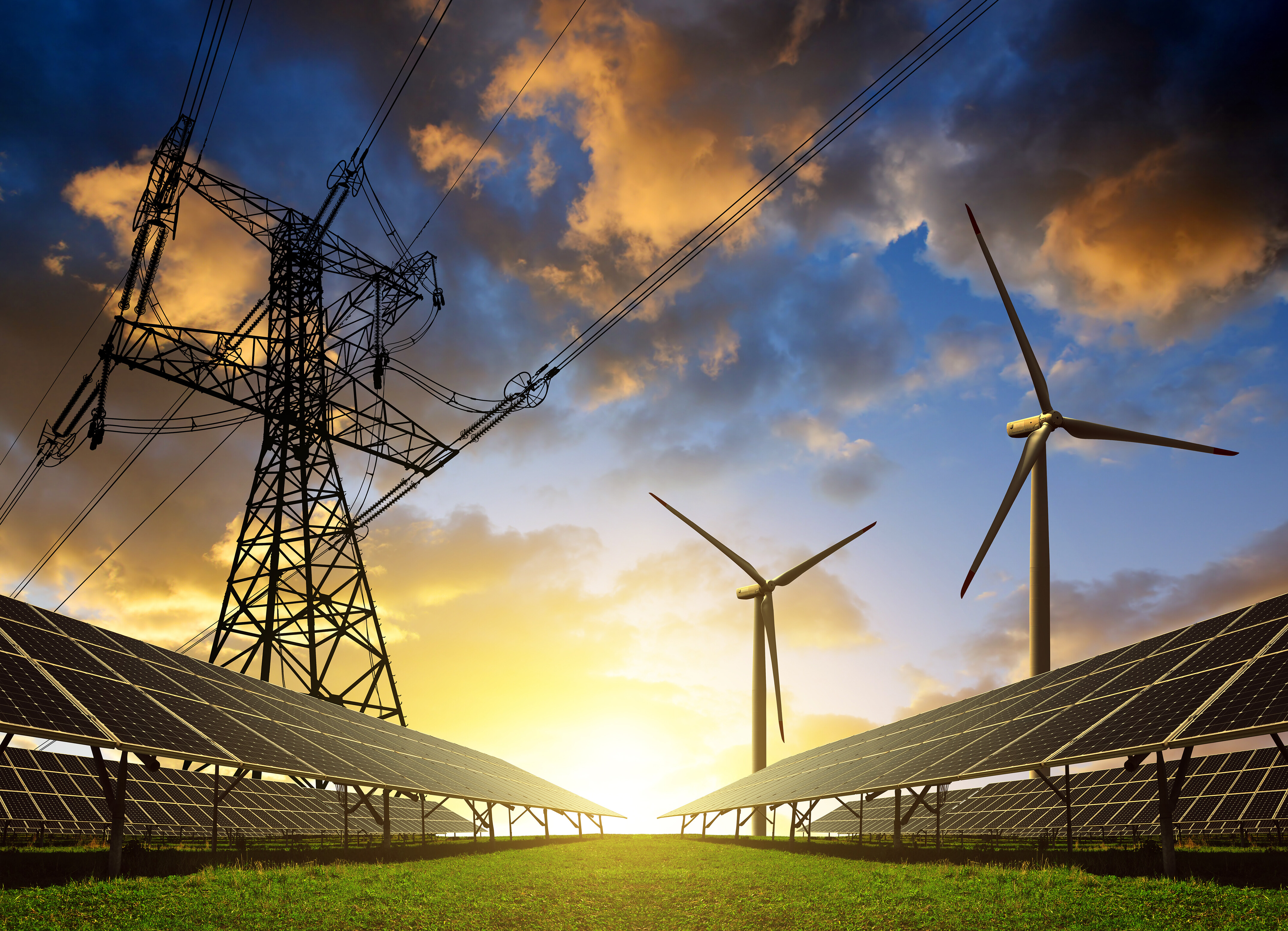Global warming varies greatly depending where you live

Global doesn't mean uniform. Image: REUTERS/Jason Lee
As part of the Paris Agreement on climate change, the international community committed in 2015 to limit rising global temperatures to “well below” 2C by the end of the 21st century and to “pursue efforts to limit the temperature increase even further to 1.5C”.
However, these global temperature targets mask a lot of regional variation that occurs as the Earth warms. For example, land warms faster than oceans, high-latitude areas faster than the tropics, and inland areas faster than coastal regions.
Furthermore, global human population is concentrated in specific regions of the planet.
Here, Carbon Brief analyses how much warming people will actually experience where they live, both today and under future warming scenarios.
The warming experienced by people is typically higher than the global average warming. In a world where warming is limited to “well below” 2C about 14% of the population will still experience warming exceeding 2C. In the worst-case scenario of continued growth in emissions, about 44% of the population experiences warming over 5C – and 7% over 6C – in 2100.
Warming is not globally uniform
Different parts of the world respond in different ways to warming from increasing greenhouse gas concentrations. For example, ocean temperatures increase more slowly than land temperatures because the oceans lose more heat by evaporation and they have a larger heat capacity.
High-latitude regions – far north or south of the equator – warm faster than the global average due to positive feedbacks from the retreat of ice and snow. An increased transfer of heat from the tropics to the poles in a warmer world also enhances warming. This phenomenon of more rapidly warming high latitudes is known as polar amplification.
Both of these effects can be seen over the past century. The figure below shows warming measured between the start of the 20th century (1900 to 1920) and present (1998 to 2018). Grey areas represent regions where insufficient temperature records were available early in the 20th century.
Over this period, on average, the world has warmed about 1C. However, land areas have warmed by 1.3C, while oceans have only warmed by around 0.8C. Some parts of the Arctic have warmed by more than 2C, with a few hotspots of even greater warming where cooler sea ice has been replaced by warmer open water.
By the end of the 21st century, climate models project future average global warming between around 1.5C and 5C, depending on greenhouse gas emissions and the sensitivity of the climate to those emissions. These models show both the land warming faster than oceans and polar amplification continuing into the future.
The figure below shows the average warming between 1900-1920 and 2080-2100 experienced across all of the climate models – called CMIP5 models – featured in the Intergovernmental Panel on Climate Change (IPCC) fifth assessment report. It looks at warming across the four different Representative Concentration Pathway (RCP) future emission scenarios. These span a world of rapid reductions in emissions where warming is held well-below 2C – RCP2.6 – to a world where emissions increase rapidly through the 21st century – RCP8.5.
Population concentrated in specific areas
Global population tends to be concentrated in specific parts of the world. A large portion of the world’s population is located in India, China and southeast Asia, with much of the rest concentrated in large cities. The figure below shows where global population is expected to be located in 2020, according to projections from NASA and Columbia University.
As land areas warm faster than oceans, the fact that people live on land means that they will tend to experience faster warming than the global average change. This is somewhat mitigated by the fact that areas of highest population – India, southern China and southeast Asia – generally experience somewhat lower warming in the future than most other land areas. At least, that is according to the average across all the models.
While predicting exactly how the distribution of population will change by the end of the century is difficult, the existing population locations are still likely to be among the heaviest populated in 2100. However, rapid population growth is also expected in Africa, which may be home to up to 40% of the world’s population by 2100.
Warming where people live
Carbon Brief has combined the 2020 population map with climate model projections to estimate how much warming people will experience by the end of the 21st century. This follows similar efforts by Dr Flavio Lehner and Prof Thomas Stocker in a 2015 paper, Dr Luke Harrington and colleagues in 2016, and Prof David Frame and colleagues in 2017.
The figure below shows the percent of the world’s population experiencing different levels of warming, both during the current period – the left-most column – and under the four different RCP future emission scenarios.
Warming experienced by the global population at present day and in different future RCP scenarios. Based on 2020 projected population data fromGPWv4 and CMIP5 multimodel meanwarming between 1900-1920 and 2080-2100.
Today, nearly all of the global population has experienced warming of at least 0.5C and about 68% has experienced warming of at least 1C. Around 16% of the population lives in areas that have already warmed more than 1.5C (light blue shading).
In future, the warming people experience depends on how much greenhouse gases are emitted. In a low-emission RCP2.6 scenario, where global temperatures stay well below 2C, about 14% of the population will still experience warming exceeding 2C (yellow).
For RCP4.5, nearly the entire global population experiences warming over 2C, with 26% seeing warming over 3C (orange). In RCP6.0, 63% of the population has warming over 3C and 6% over 4C (red). In the high-emission RCP8.5 scenario, most of the human population would experience warming exceeding 4C, with 44% exceeding 5C (maroon) and 7% exceeding 6C (black).
In a “business-as-usual” world, where action to combat climate change is not undertaken, future warming depends on a lot of factors including population growth, economic growth and technological development. Scientists have recently published a new series of “baseline” no-climate-policy scenarios that generally fall between RCP6.0 and RCP8.5.
The effects of future warming will vary greatly. Understanding how much warming people will experience is useful in understanding its impacts. While the global distribution of population may look somewhat different by the end of the century, people will still typically experience higher levels of warming than the global average temperature change.
Don't miss any update on this topic
Create a free account and access your personalized content collection with our latest publications and analyses.
License and Republishing
World Economic Forum articles may be republished in accordance with the Creative Commons Attribution-NonCommercial-NoDerivatives 4.0 International Public License, and in accordance with our Terms of Use.
The views expressed in this article are those of the author alone and not the World Economic Forum.
Stay up to date:
Global Risks
Related topics:
Forum Stories newsletter
Bringing you weekly curated insights and analysis on the global issues that matter.
More on Global RisksSee all
Allison Shapira
November 14, 2025










